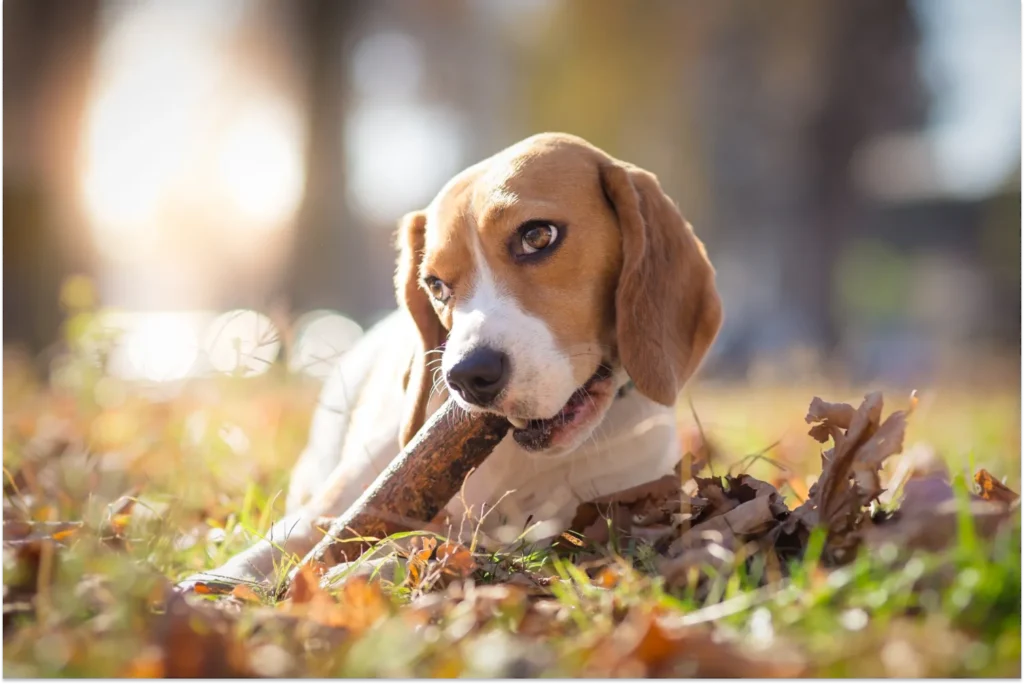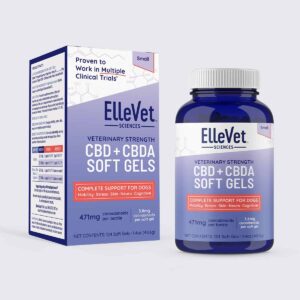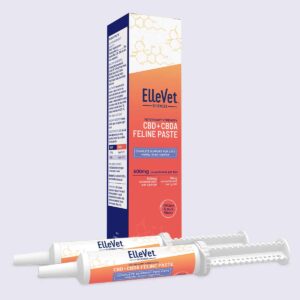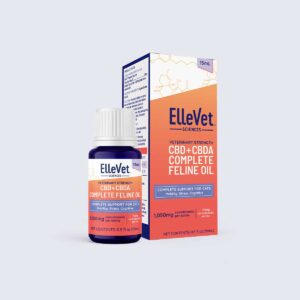When it comes to dogs and their habits, one commonly observed behavior is their innate love for chewing on sticks. Whether it’s a fallen branch at the park or a twig in the backyard, many dogs seem to find inexplicable joy in gnawing on these bits of wood.
As a dog parent, you might question the implications of this activity. Is it okay for dogs to chew on sticks? Is it a harmless pastime, or does it come with potential risks?
In this article, we’ll delve into the details of dogs and their stick-chewing habits, exploring the pros, cons, and other crucial aspects you need to know.
Understanding Dogs and Their Chewing Habits
Before we delve into the specifics of stick chewing, let’s first understand why dogs chew. Chewing is a natural behavior for dogs; it’s part of how they explore the world.
Puppies chew when they’re teething, helping to alleviate the discomfort that comes with new teeth coming in. Adult dogs chew as a way to keep their jaws strong and their teeth clean. For senior dogs, chewing provides a form of entertainment and helps keep their cognitive functions sharp.
Not all dogs are the same, and their chewing habits may differ. Puppies are often more prone to chew as they are exploring their environment and dealing with teething discomfort. Adult dogs, particularly active breeds, may chew to help burn off energy.
Senior dogs might chew less but still benefit from the mental stimulation it provides. Regardless of their age or breed, providing dogs with appropriate objects to chew on is important for their well-being.
Is It Good for Dogs To Chew Sticks?
Chewing on sticks can, at first glance, appear as a mere whimsical trait of your furry friend, but it does serve a number of potential benefits. These are rooted in a dog’s natural instincts and evolutionary heritage, as well as the interactive nature of the activity.
Natural Instinct and Ancestry
Chewing on sticks can be seen as an extension of a dog’s ancestral behavior. In the wild, their predecessors would often chew on bones and sticks to gain access to marrow, a valuable source of nutrition.
This could also help keep their teeth clean by scraping away tartar. In today’s domesticated dogs, while they are well-provided with balanced diets, the instinctual love for chewing remains.
Dental Health
Just as their wild ancestors benefitted from chewing, our dogs may also experience some dental health benefits. Chewing on hard substances such as sticks can help to scrape off plaque from a dog’s teeth.
This natural “brushing” action can reduce the risk of gum disease and tooth decay. However, it should be noted that this benefit must be weighed against the potential for injury from sharp splinters.
Mental Stimulation and Stress Relief
Chewing serves as an important form of sensory exploration and mental stimulation for dogs. By gnawing on a stick, a dog can engage their mind, keeping them occupied and mentally satisfied.
It can also help alleviate anxiety or stress, as the act of chewing can be calming and comforting for many dogs.
Physical Exercise
Chewing is also a form of physical activity that exercises the jaw muscles. In some cases, dogs might also play with sticks, tossing and chasing them around, providing additional exercise and engagement.
Training Opportunities
Sticks can also provide an opportunity for training. If your dog has a particular fascination with sticks, they can be used as a controlled training tool. By teaching your dog to fetch sticks and bring them back to you, you can instill obedience and listening skills.
While these benefits exist, they must be considered alongside the potential risks associated with dogs chewing on sticks, which can be significant. Alternatives like safe chew toys or specifically designed chew treats can provide similar benefits while minimizing the potential for harm.
Is It Dangerous for Dogs To Eat Sticks?
While dogs may seem to enjoy chewing on sticks, this seemingly harmless behavior is not without its potential hazards. Firstly, there is the risk of physical injury.
Sticks can splinter, creating sharp edges that can cut a dog’s mouth, gums, or tongue. Moreover, if swallowed, these splinters can cause damage to a dog’s esophagus, stomach, or intestines, which could lead to serious complications requiring veterinary intervention.
The risk extends to ingestion hazards. Large pieces of sticks, when swallowed, could cause blockages in a dog’s digestive tract. A blockage is a serious, often life-threatening condition that usually requires surgery to resolve. Additionally, some dogs may chew on sticks so vigorously that they wear down their teeth prematurely, leading to dental issues.
Another potential danger is the risk of toxicity. If a dog chews on a stick from a tree treated with pesticides or a tree species toxic to dogs, it could lead to poisoning. Symptoms can range from mild discomfort to severe health issues, depending on the toxin type and amount ingested.
Alternatives to Sticks for Dogs to Chew
Given the potential risks associated with sticks, it’s advisable for dog parents to provide safer alternatives for their pets to chew. A range of dog-safe chew toys and treats are available on the market, made from materials designed to withstand rigorous chewing while also providing dental benefits.
A few standouts include Bully Sticks, frozen marrow bones, and safe, rubber toys.
While not a stick alternative necessarily, CBD + CBDA chews from ElleVet can help to calm feelings of stress that require dogs to find coping mechanisms like stick chewing. ElleVet’s products have high bioavailability and are ideally consumed with food for the best results.
Introducing alternatives to your dog may require a bit of patience, as dogs often become attached to certain types of chew objects. Start by offering the new chew during times when your dog is likely to want to chew, such as after meals or during periods of excitement or stress.
The goal is to offer safer alternatives to sticks without taking away the joy and benefits that come with chewing. Therefore, make sure the chosen substitute is something your dog enjoys and will willingly engage with.
What Should I Watch for When My Dog Chews?
Even with safe alternatives in place, it’s crucial to supervise your dog’s chewing habits. Monitoring your pet allows you to catch any unsafe behaviors early, such as swallowing large pieces of a chew toy or showing signs of distress while chewing.
Always gravitate to the side of caution. Even if you’re unsure whether your dog’s symptoms are serious after chewing on a stick, it’s better to consult a vet and ensure your dog gets the care it needs. And remember, never hesitate to seek emergency care if your dog appears to be in distress or severe discomfort.
Frequently Asked Questions (FAQs) About Dogs and Chewing
In this section, we’ll address some common questions that dog parents often ask about dogs and their chewing habits.
Why Does My Dog Prefer Sticks Over Their Toys?
Dogs might prefer sticks because they are similar to bones, engaging their natural instincts. Sticks have an interesting texture and often have an appealing earthy smell. But remember, just because your dog likes something doesn’t mean it’s safe.
Can I Train My Dog Not To Chew Sticks?
Absolutely! Training a dog to leave sticks alone can take some time, but with patience, consistency, and positive reinforcement, it can certainly be done. Providing a safe alternative, such as a chew toy or a CBD-infused chew from ElleVet, can help redirect their chewing habit safely.
What Should I Do if My Dog Swallows a Piece of Stick?
If your dog swallows a small piece of stick, they may pass it without issue. However, if they swallow a large piece or show signs of discomfort, seek immediate veterinary care. It’s better to be safe than sorry.
Should I Let My Dog Chew Sticks?
Being a responsible dog parent involves understanding the instincts, habits, and needs of your furry friend. Chewing is a natural behavior for dogs, and while there are potential benefits to chewing on sticks, the associated risks can be significant.
Providing safer alternatives, such as beef cheeks, marrow bones, rubber toys, or stress-soothing treats from ElleVet and monitoring your dog’s chewing habits can go a long way toward ensuring their health and happiness.
Your dog looks to you for their well-being, so make choices that set them up for a long, healthy life. Consider chewing alternatives or things to pull their attention away from potentially harmful habits such as chewing sticks.
Sources:
Why Sticks Are Not Free Toys For Dogs | Preventive Vet
Bowel Obstruction In Dogs: Symptoms, Treatment, and Prevention Tips | AKC
The importance of exercise for dogs | Animal Wellness Magazine
How Much Water Should a Dog Drink? | Advanced Care Veterinary Hospital









